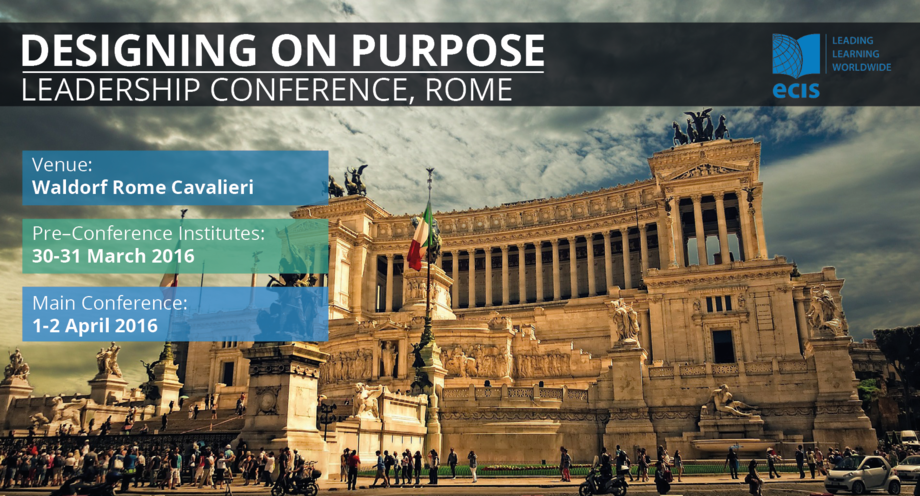| IMPERIAL ROME - Half Day, 4 hrs + lunch 09:00 - 14:00 190 EUR pp |
|
| From the hotel, you’ll be taken right to the ancient center of Rome, which was founded over the famed "Seven Hills". From Piazza Venezia, dominated by a large memorial to King Victor Emanuel II, driving by the Capitoline Hill (site of the City Hall), you’ll see on the way two of the oldest bridges of Rome and the island on the Tiber. Driving then by the well preserved pagan temples of the 1st Century BC you’ll reach the Aventine, from where you’ll admire the "Circus Maximus" and the ruins of the former Imperial Palaces on the Palatine Hill. Proceeding by two of the seven Hills, you’ll arrive at the Arch of Triumph of Emperor Constantine and to the Coliseum. After the visit to the ancient amphitheater built by Emperor Vespasian, the tour continues by Oppius Hill and to the Basilica of St. Peter’s in Chains, where you’ll admire another Michelangelo’s masterpiece, the statue of Moses. Your next stop is the Roman Forum, the oldest of the Fora, which was the first political and religious center of Rome. The "Seven Hills": Capitoline, Caelian, Quirinal, Aventine, Viminal, Palatine, Esquiline. |
|
| IMPERIAL ROME - Full Day, 7 hrs + lunch 09:00 - 16:00 250 EUR pp |
|
|
The Thermae Antoninianae, one of the largest and best preserved ancient thermal complexes, were built in the southern part of the city under the initiative of Caracalla, who dedicated the central building in 216 CE. The rectangular plan is typical of the "great imperial Bathhouses". The Baths were not just a building for bathing, sports and the care of the body but also a place for walking and for study. Four doors on the northeastern facade were the entrance to the main part of the building. On the central axis may be observed, in sequence, the calidarium, tepidarium, the frigidarium and the natatio, and, on the sides of this axis, other environments, arranged symmetrically around the two other palaestras.The Baths of Caracalla are one of the rare cases where it is possible to reconstruct, albeit only partially, the original decorative scheme.The written sources speak of huge marble columns, coloured Oriental marble flooring, vitreous paste mosaics and different varieties of marble sheathing the walls, painted stuccoes and hundreds of colossal statues and groups, both in the niches of the walls of the environments and in the more important halls, as well as in the gardens. For supplying water, a special branch of the Acqua Marcia aqueduct, the Aqua Antoniniana, was created.Restored several times, the thermal complex ceased to operate in 537 CE |
|
| VATICAN MUSEUMS AND SISTINE CHAPEL - Half Day, 4 hrs + lunch 09:00 - 14:00 190 EUR pp |
|
| Within the small, independent state of the Vatican City, there is an exceptional collection of artworks from every era: over one thousand rooms and galleries are known collectively as the Vatican Museums, containing amazing treasures of art collected by the Popes over centuries. Admire the fascinating Candelabra Gallery, the Gallery of Tapestries designed by the School of Raphael, the Gallery of Geographical Maps, the Rooms of Raphael and then, the impressive Sistine Chapel, built in the 15th century as a private chapel for the Popes. Marvel at Michelangelo’s masterpieces such as the impressive frescoed ceiling and, above all, its Last Judgement.
|
|
| OSTIA ANTICA, THE ANCIENT SEA PORT - Half Day, 4 hrs + lunch 09:00 - 14:00 190 EUR pp |
|
| In the ancient time the city was located next to the mouth of the “Tevere-river” and therefore a military outpost and the supporting harbour of Rome. In its flowering time the city counted 50.000 citizens. All the food, especially corn, from all the parts of the empire arrived here. They were stored in so called “horrea” (warehouse) and delivered by ship or through the “Via Ostiense” to Rome. As a testimony for the importance of Ostia in the time of the empire there are many squares, streets, temples, thermal springs and other public buildings and dwelling houses last. They were decorated with qualitative valuable mosaics, mural painting, relieves, and sculptures that you can still visit today. The Forum, the theater, the Decumanum Maximum (Mainstreet of Rome), the different baker and wine shops as well as the thermal spring are very interesting. Worth seeing and very curious are also the “latrines” – the public toilettes.
|
|


